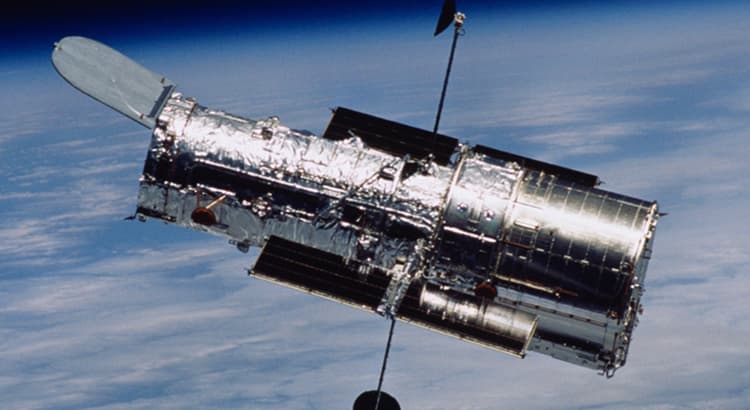In the vast expanse of space, telescopes play a crucial role in unraveling the mysteries of the universe. While ground-based telescopes provide valuable insights into celestial objects, space telescopes offer unparalleled views of the cosmos free from the distortion of Earth’s atmosphere.
In this article, we’ll explore the four main telescopes in space, each of which has revolutionized our understanding of the universe and expanded the boundaries of human knowledge.
1. Hubble Space Telescope: Peering into the Depths of the Universe
The Hubble Space Telescope stands as one of the most iconic and influential telescopes in history. Launched into orbit by NASA in 1990, Hubble has transformed our understanding of the cosmos with its breathtaking images and groundbreaking discoveries.
From capturing stunning views of distant galaxies to probing the secrets of black holes and dark matter, Hubble has revolutionized astronomy and inspired awe and wonder in people around the world.
2. Chandra X-ray Observatory: Revealing the High-Energy Universe
While visible light provides valuable information about celestial objects, some of the most energetic and dynamic phenomena in the universe emit X-rays. The Chandra X-ray Observatory, launched by NASA in 1999, is the premier telescope for studying the high-energy universe.
By detecting X-rays emitted by hot gas, black holes, and supernova remnants, Chandra has revealed the violent and exotic processes that shape the cosmos, providing insights into the nature of dark matter, dark energy, and the origins of cosmic rays.
3. Spitzer Space Telescope: Unveiling the Infrared Universe
The universe is filled with objects that emit infrared radiation, which is invisible to the human eye but reveals valuable information about the composition, temperature, and structure of celestial bodies. The Spitzer Space Telescope, launched by NASA in 2003, is dedicated to studying the infrared universe.
By detecting infrared radiation emitted by stars, planets, galaxies, and interstellar dust, Spitzer has provided crucial insights into the formation of stars and planets, the evolution of galaxies, and the structure of the Milky Way.
4. James Webb Space Telescope: Opening a New Window to the Universe
While Hubble has provided unparalleled views of the cosmos for over three decades, its successor, the James Webb Space Telescope (JWST), promises to revolutionize our understanding of the universe once again.
Scheduled for launch by NASA in 2021, JWST will be the most powerful space telescope ever built, capable of observing the universe in infrared wavelengths with unprecedented sensitivity and resolution.
From studying the first galaxies that formed after the Big Bang to investigating the atmospheres of exoplanets in search of signs of life, JWST will open a new window to the universe and usher in a new era of discovery.
Conclusion
In conclusion, the four main telescopes in space—Hubble, Chandra, Spitzer, and James Webb—have transformed our understanding of the universe and expanded the boundaries of human knowledge.
From peering into the depths of distant galaxies to revealing the high-energy and infrared universe, these telescopes have provided unprecedented insights into the mysteries of the cosmos and inspired generations of astronomers and space enthusiasts.
As we continue to explore the universe with these remarkable instruments, we can only imagine the discoveries that await us and the new insights that will reshape our cosmic perspective.





